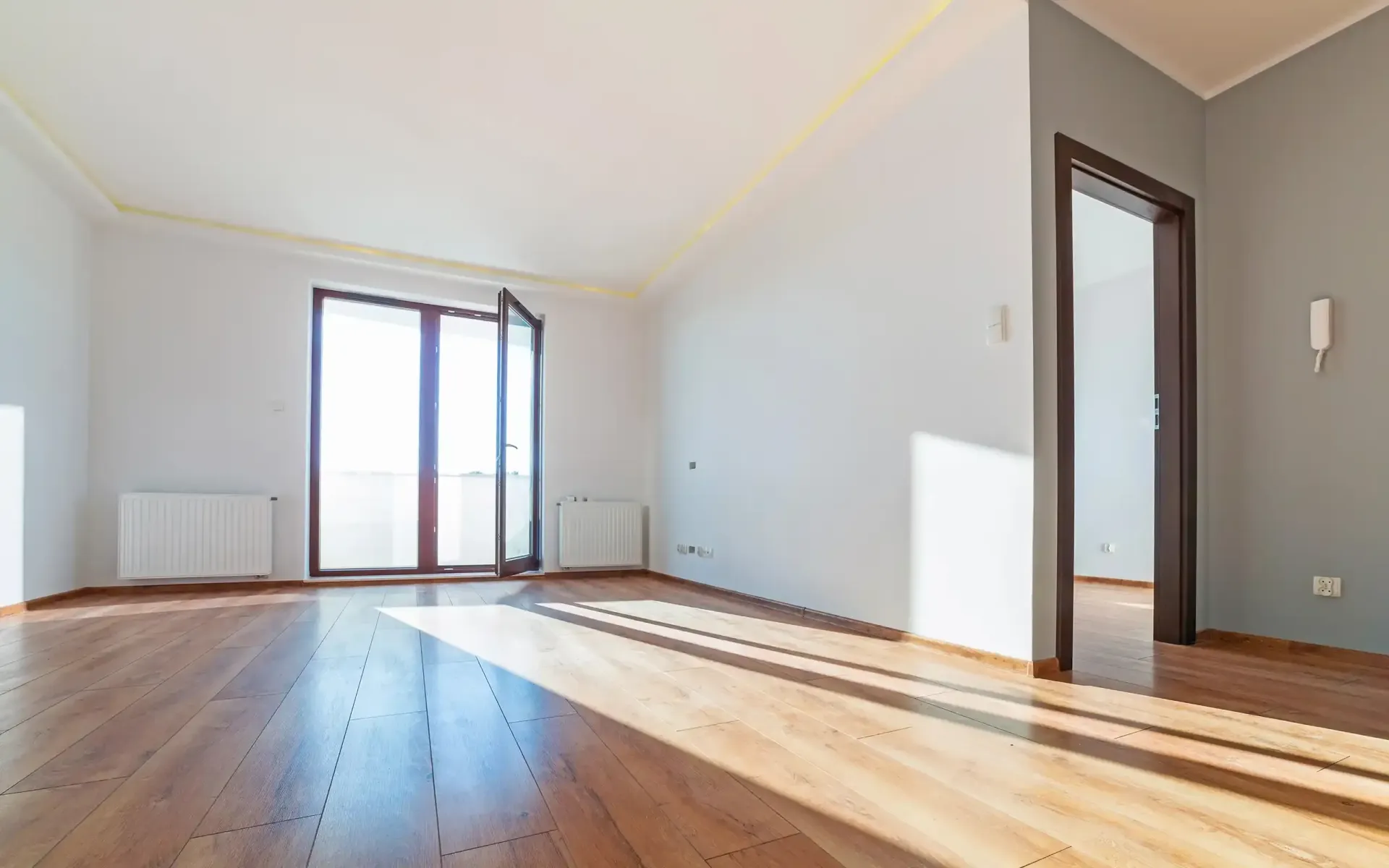Rental Property V Shares
A summary of the potential performance differences of an Investment Property to a Share Portfolio. Cashflow and asset valuation comparisons for each year over the next 30 years.
Investment Property Scenario:
• $750,000 - purchase price + stamp duty, legal costs etc
o ~$800,000 – total purchase price
• $500,000 – borrowing
• $300,000 – capital required for a deposit, stamp duty etc
• 5% gross income yield
o $37,500 per annum or $721 per week
• 2.1% annual capital growth
• Estimated total annual returns of 7.10%
• Mortgage borrowing rate of 7%
o Interest of $35,000 year 1
o Principle repayments of $31,700 in year 1
o Loan repaid after 10 years
• Jointly owned property
o Personal marginal tax rate of 47%
o Spouse personal marginal tax rate of 34.5%
• Rental expenses of $9,000 per annum (rates, insurance, maintenance etc)
• $65,287 year 1 net capital/ cashflow contribution required to cover the shortfall of rent and making principal loan repayments
Share Portfolio Scenario:
• Starting investing balance of $250,000
• Additional annual contribution of $60,000
• Annual re-invested dividend yield of 3.29%
• Annual capital growth of 3.55%
• Estimated total annual returns of 6.84%

The comparable portfolio using the same metrics would derive the same results with a property of higher value.
Conclusion:
The share portfolio provides a higher capital balance at the end of each year with a lower starting portfolio balance ($250k vs ~$300k) and a slightly lower annual contribution.
For the investment portfolio, it could be owned via an investment bond which would provide additional benefits of capping the annual tax rate at 30% which would be significantly lower than the personal marginal tax rate of 47% which would reduce to 0% after 10 years.
For more information,
contact us
today to arrange an appointment.
IMPORTANT DISCLAIMER: This blog article does not constitute advice. Clients should not act solely on the basis of the material contained in this blog article. Items herein are general comments only and do not constititue or convey advice per se. Also changes in legislation may occur quickly and we therefore recommend that our formal advice be sought before acting in any of these areas. This blog article is issued as a helpful guide to clients and for their private information.
Latest News







